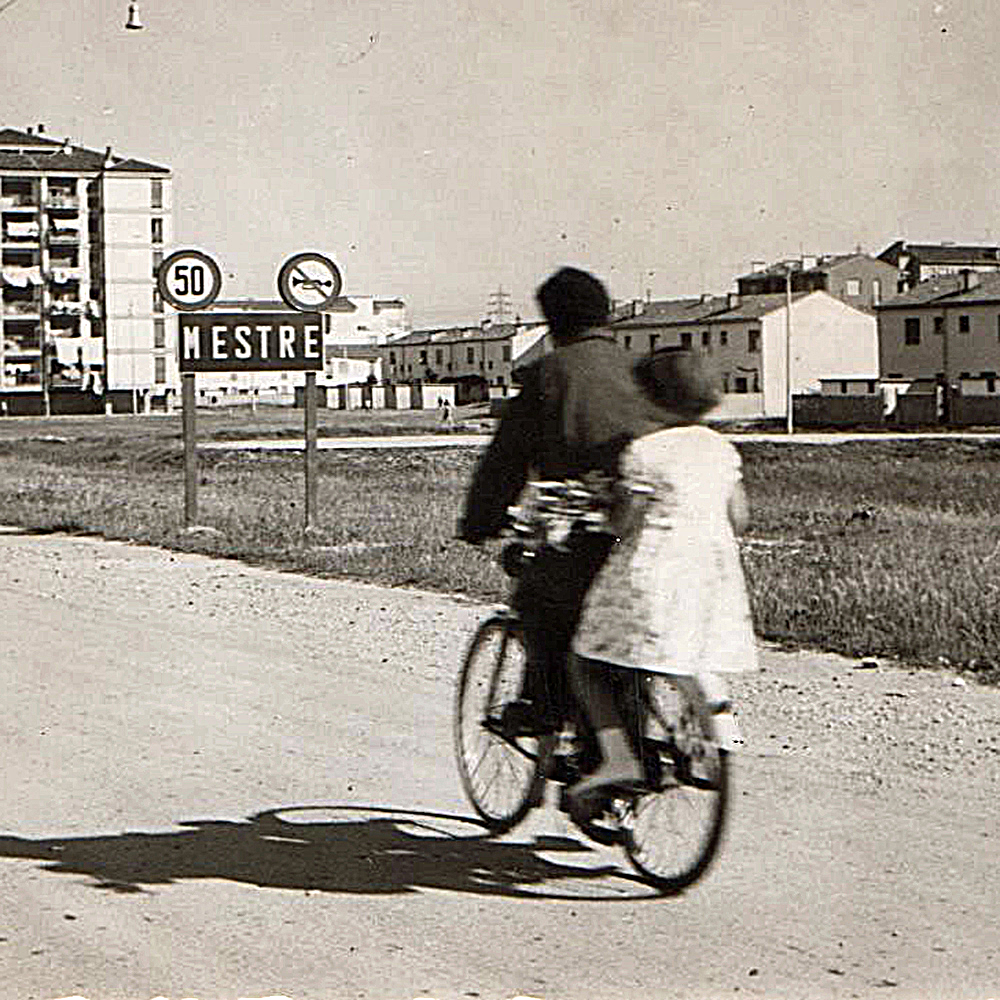Professor
Domenico Bolla [IUAV]
Assistant
Rinaldo Palermo
EN // Six memos for the next workshop
1. Carlo Cattaneo (1801-1869)
In Italy every town has its own peculiarities; that let Carlo Cattaneo write with lucid foresight “[being the town] … the only principle making it possible to speak about the thirty-century Italian history in a manifest and continuous way”.
Cattaneo also states that depends on processes that are not “… the effect of casual and temporary causes, but are deeply connected with the historical events”.
It was near to 1860: if one is looking for heritages, this can be a good starting point.
2. Ernesto Nathan Rogers (1909-1969)
Ernesto Nathan Rogers describes the event with literary impression, by stating that every town is affected by an atmosphere that can be felt, but cannot be told: this makes each town unique.
The Architectural Design must be able to understand such atmosphere, in the same way as his project of the Velasca tower, designed with his associates of Studio BBPR around 1960, one century after Cattaneo, understands Milano’s atmosphere.
3. Pier Paolo Pasolini (1922-1975)
Pier Paolo Pasolini asserts that the atmosphere is compromised by processes that are “… reducing the different ways of living the cities, that Italy produced in several historically different manners”.
Pasolini calls them omologazione, that can be translated as standardization, in a reductive sense of “flattening under a pattern and destroying the peculiarities and the differences once existing”.
Standardization will be used here according to this meaning; the destructive pattern is consumerism; the years are the Seventies in last century.
4. Against standardization
Then the aim of the Architectural Design consists in fighting the standardization, in rebuilding the atmosphere (that can be felt …).
That’s what is here intended as building the site comprehension. Useful for such an aim are the urban-analysis methods, about which the school of Venice produced a lot of studies and experiences, so that they became for a long time the main reason for the school’s fame both in Italy and abroad.
5. The double-headed town
Venice surely has an atmosphere that can be felt and, perhaps, that can also easily be told, looking at the number of people doing it (maybe Thomas Mann being the best).
Mestre too owns an atmosphere that can be felt and so often deplored much more than told.
This happens when thinking them separately. But does it make sense to do it any longer? Since a few years ago, some official documents speak about a città bipolare (double-headed town). Much more the Designs by Giuseppe Samonà spoke about it before (about 1960). This workshop too will be concerned with the double-headed town, first of all singling out the main places, in first approximation located in via Torino (and surroundings) as land connection, and in piazzale Roma (and Tronchetto and surroundings) as sea connection.
6. Link to the research
The connection places (of land and of sea) are strongly characterized by the mobility networks of people and goods, of individual or collective, public or private transport systems.
They cannot simply be overlaid on the Architectural Design, but they must become a fundamental part of it.
IT // Sei memo per il prossimo workshop
1. Carlo Cattaneo (1801-1869)
Ogni città in Italia possiede sue proprie peculiarità che hanno consentito a Carlo Cattaneo di scrivere, con lucida lungimiranza, che sia la città “… l’unico principio per cui possano i trenta secoli delle istorie italiane ridursi a esposizione evidente e continua”.
E precisa che questo dipende da processi che non sono “… il prodotto di circostanze accidentali e transitorie, [ma] si collegano intimamente cogli avvenimenti storici”.
Si era intorno al 1860: se si cerca un heritage conviene iniziare di lì.
2. Ernesto Nathan Rogers (1909-1969)
Non senza qualche suggestione letteraria Ernesto Nathan Rogers esprime il fenomeno sostenendo che ogni città possiede un’atmosfera ineffabile ancorché percepibile che la fa essere quello che è e che il Progetto di Architettura deve essere capace di cogliere e di interpretare.
Come coglie ed interpreta quella di Milano il suo progetto (con i soci dello Sudio BBPR) per la Torre Velasca: si era intorno al 1960, un secolo dopo Cattaneo.
3. Pier Paolo Pasolini (1922-1975)
Pier Paolo Pasolini sostiene che quella atmosfera è compromessa da processi che stanno “… togliendo realtà ai vari modi di vivere le città che l’Italia aveva prodotto in modo storicamente differenziato”.
Pasolini chiama quei processi di omologazione, nel senso di “… riduzione ad un modello, con appiattimento delle differenze e delle peculiarità prima esistenti” (dizionario Treccani).
Il modello è quello consumista; gli anni sono i Settanta del Novecento.
4. Contro l’omologazione
Allora l’obbiettivo del Progetto di Architettura è contrastare l’omologazione, ricostruire l’atmosfera percepibile.
Questo si intende con costruzione della riconoscibilità dei luoghi.
Per essa tornano utili i metodi dell’analisi urbana, intorno ai quali la scuola di Venezia ha prodotto in passato una grande quantità di studi ed esperienze, che furono a lungo il suo principale elemento di notorietà in Italia ed all’Estero.
5. La città bipolare
Venezia possiede certamente un’atmosfera percepibile; e forse neppure tanto ineffabile, dati i molti che ne hanno parlato (forse Thomas Mann il più bravo).
Anche Mestre possiede un’atmosfera percepibile e perciò spesso raccontata come deplorevole.
Questo accade pensandole separatamente; ma ha senso pensarle tali? Di città bipolare si parla in qualche documento ufficiale; ma più ancora già ne parlano i progetti di Giuseppe Samonà degli anni Cinquanta. Se ne parlerà anche in questo workshop, individuando innanzi tutto i luoghi della città bipolare, che in prima ipotesi si collocano intorno a via Torino (luogo della connessione di terra) ed intorno a piazzale Roma (e Tronchetto, luogo della connessione di mare).
6. Collegamento alla ricerca
I luoghi delle connessioni (di terra e di mare) sono fortemente connotatati dai sistemi e dalle reti della mobilità individuale e collettiva, pubblica e privata.
Questi non possono essere semplicemente sovrapposti al progetto.


Leave a Reply